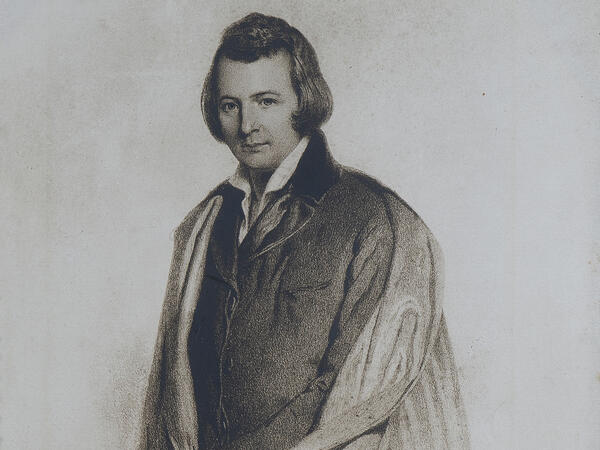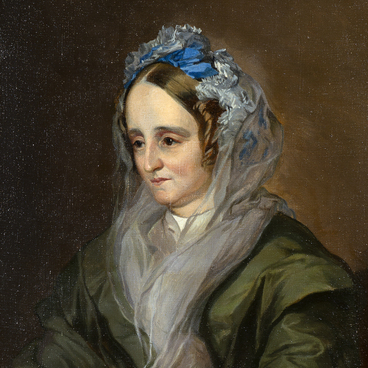The portrait from the museum collection depicts Heinrich Heine, a German poet and publicist. The work was done in the 19th century in the lithography technique — a type of printing process in which the ink is transferred under pressure from a plane surface to paper.
Heine met Fyodor Tyutchev in Munich, where the latter served in the Russian diplomatic mission. Heine was invited to the city by a famous publisher, Baron Johann Friedrich von Kott, who offered him to become an employee of the new journal called ‘Political Chronicles’. In a letter dated April 1, 1828, Heine mentioned the Russian poet as ‘a young Russian diplomat and my best friend Tyutchev.’
The poets were connected not only by friendship. Until the very end of his life Tyutchev followed Heine’s new works — he translated Heine’s poems into Russian, wrote free variations of the German verses, and often resorted to quotes from Heine’s poems in his own poems. In particular, Tyutchev was the first to translate the famous poem " A pine tree standeth lonely " into Russian. In English the poem is as follows:
Heine met Fyodor Tyutchev in Munich, where the latter served in the Russian diplomatic mission. Heine was invited to the city by a famous publisher, Baron Johann Friedrich von Kott, who offered him to become an employee of the new journal called ‘Political Chronicles’. In a letter dated April 1, 1828, Heine mentioned the Russian poet as ‘a young Russian diplomat and my best friend Tyutchev.’
The poets were connected not only by friendship. Until the very end of his life Tyutchev followed Heine’s new works — he translated Heine’s poems into Russian, wrote free variations of the German verses, and often resorted to quotes from Heine’s poems in his own poems. In particular, Tyutchev was the first to translate the famous poem " A pine tree standeth lonely " into Russian. In English the poem is as follows:



